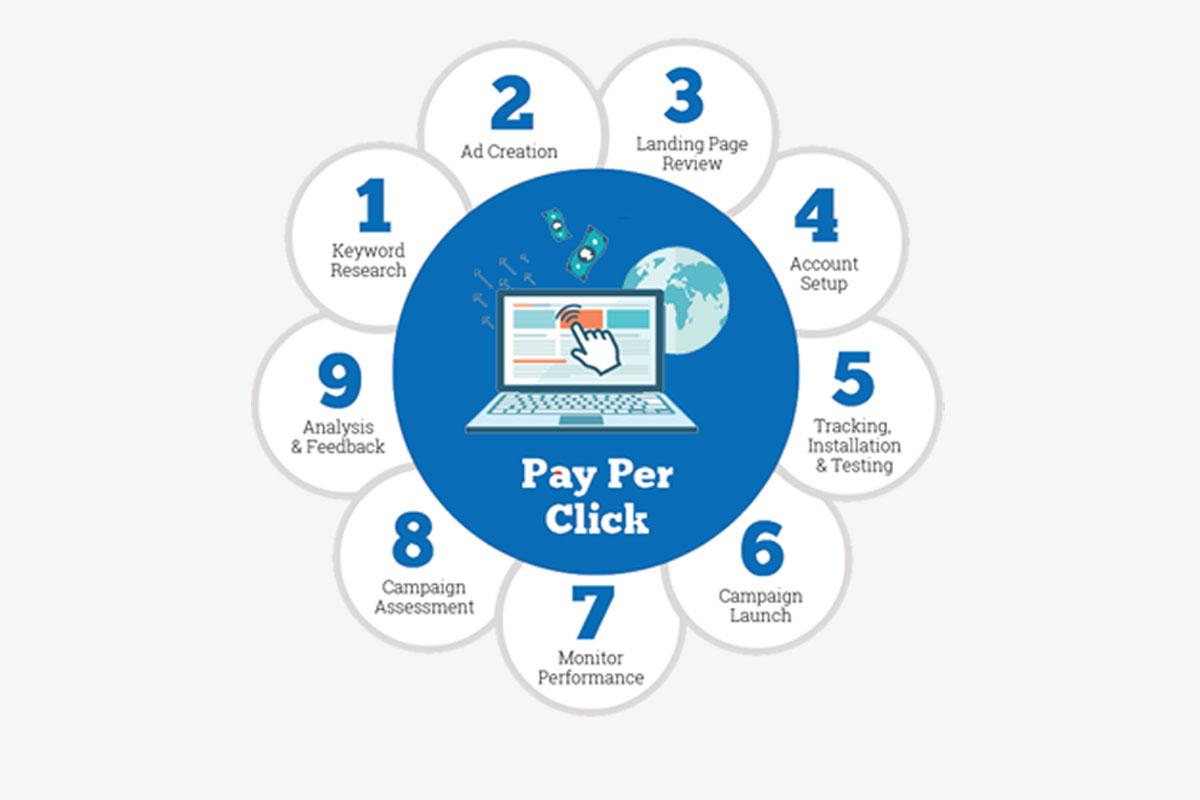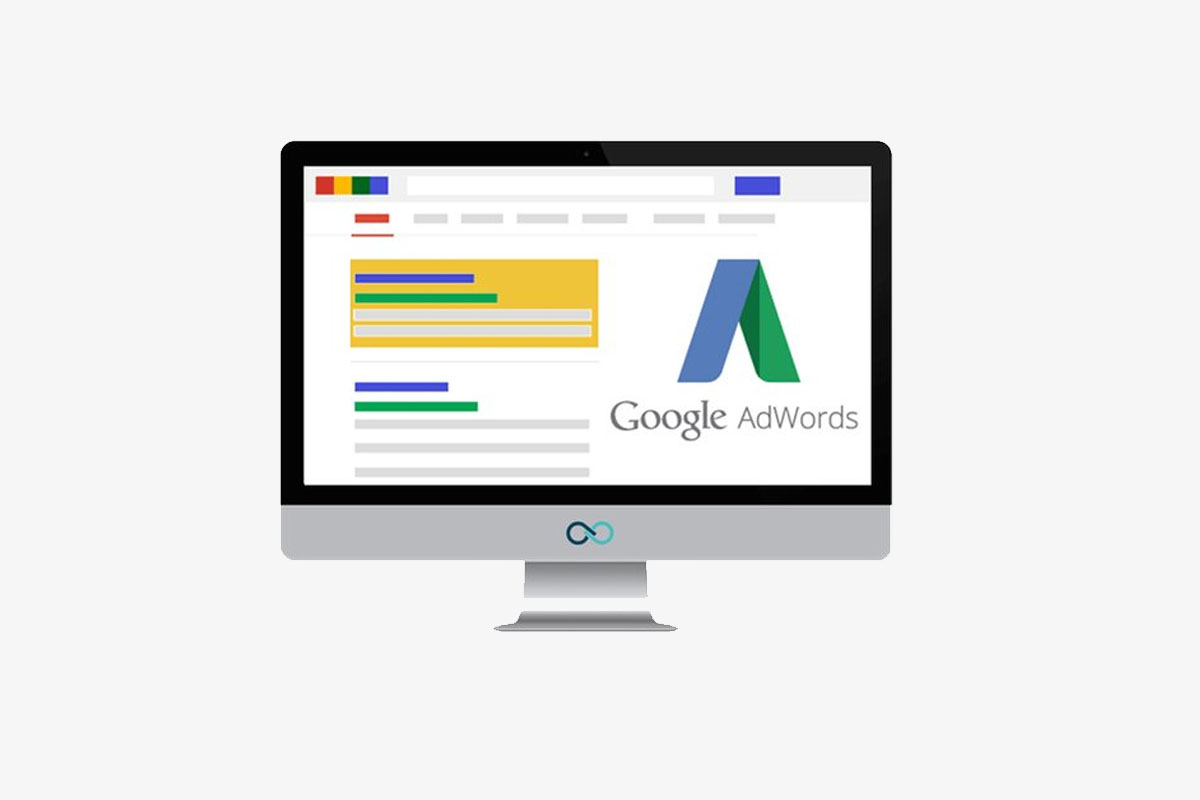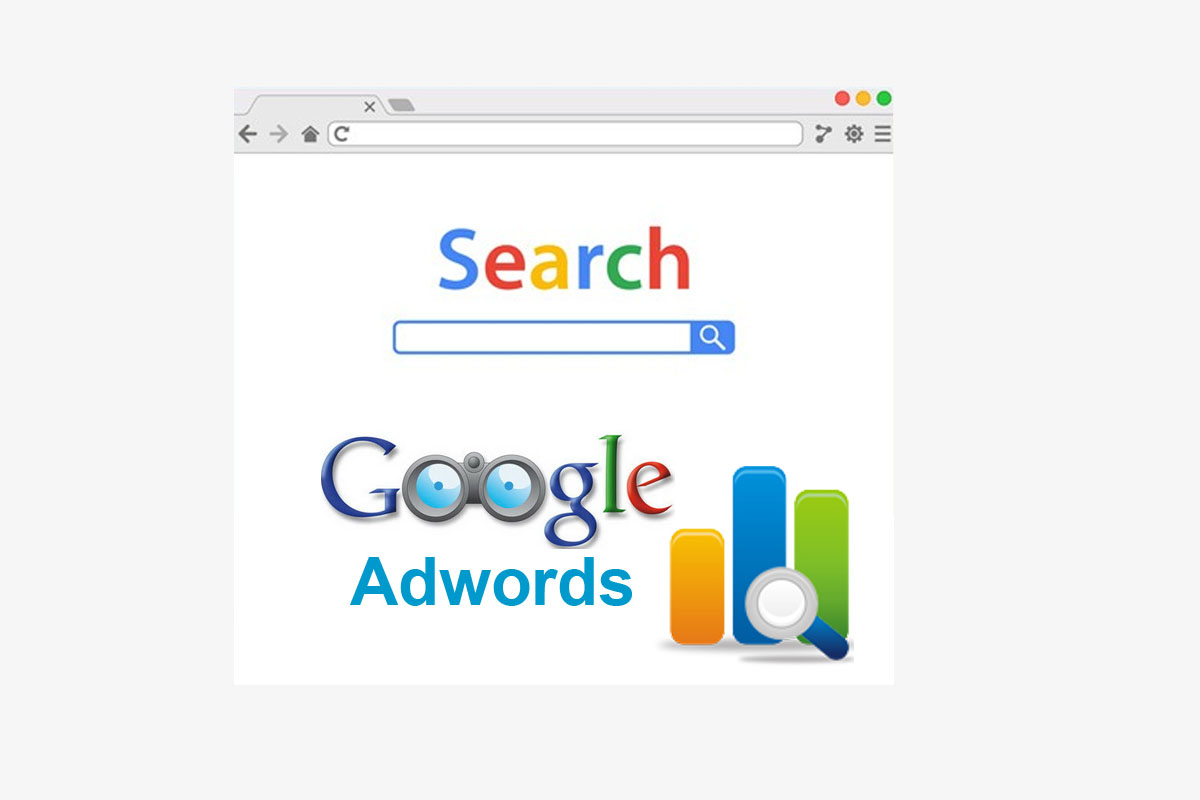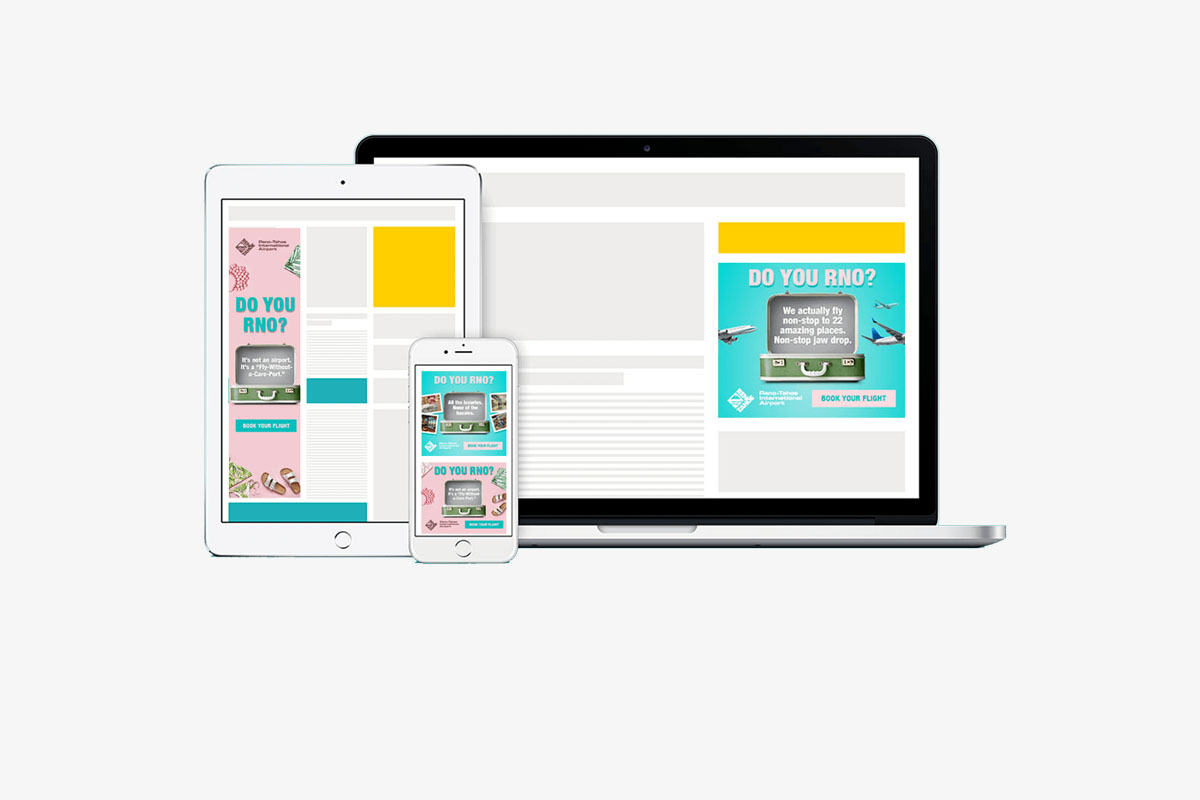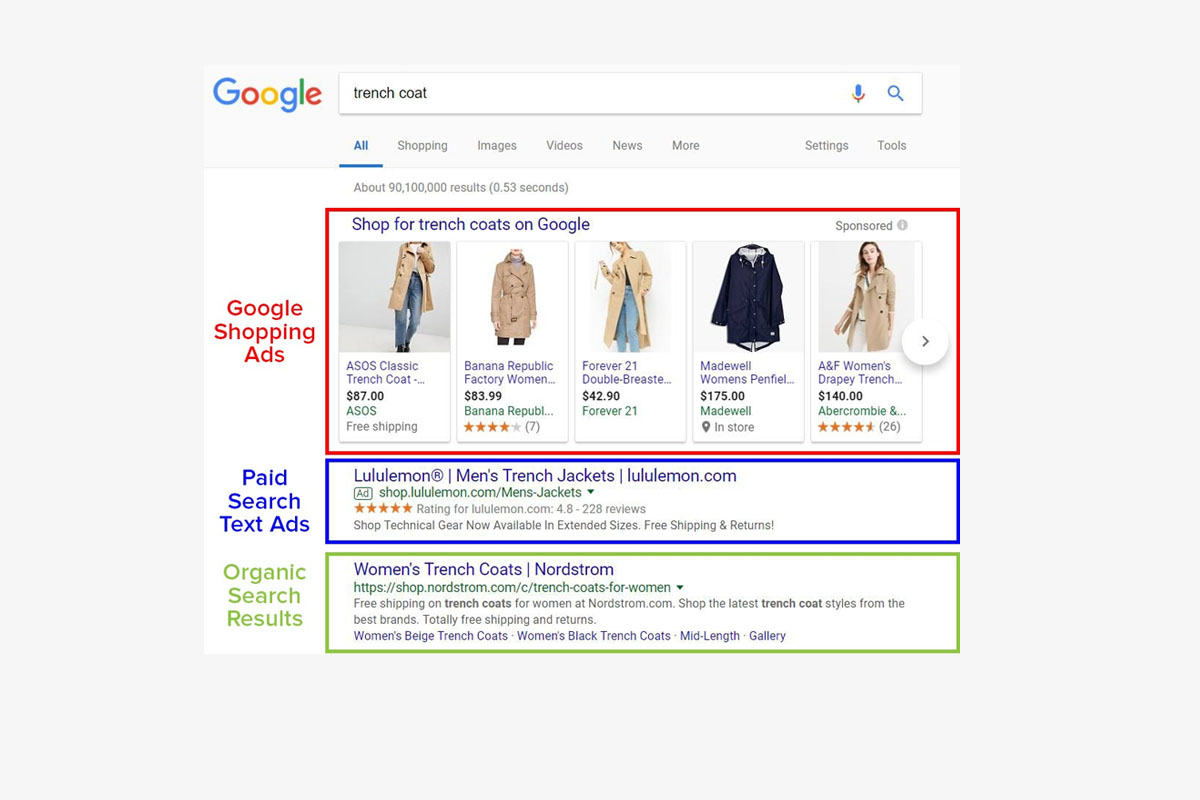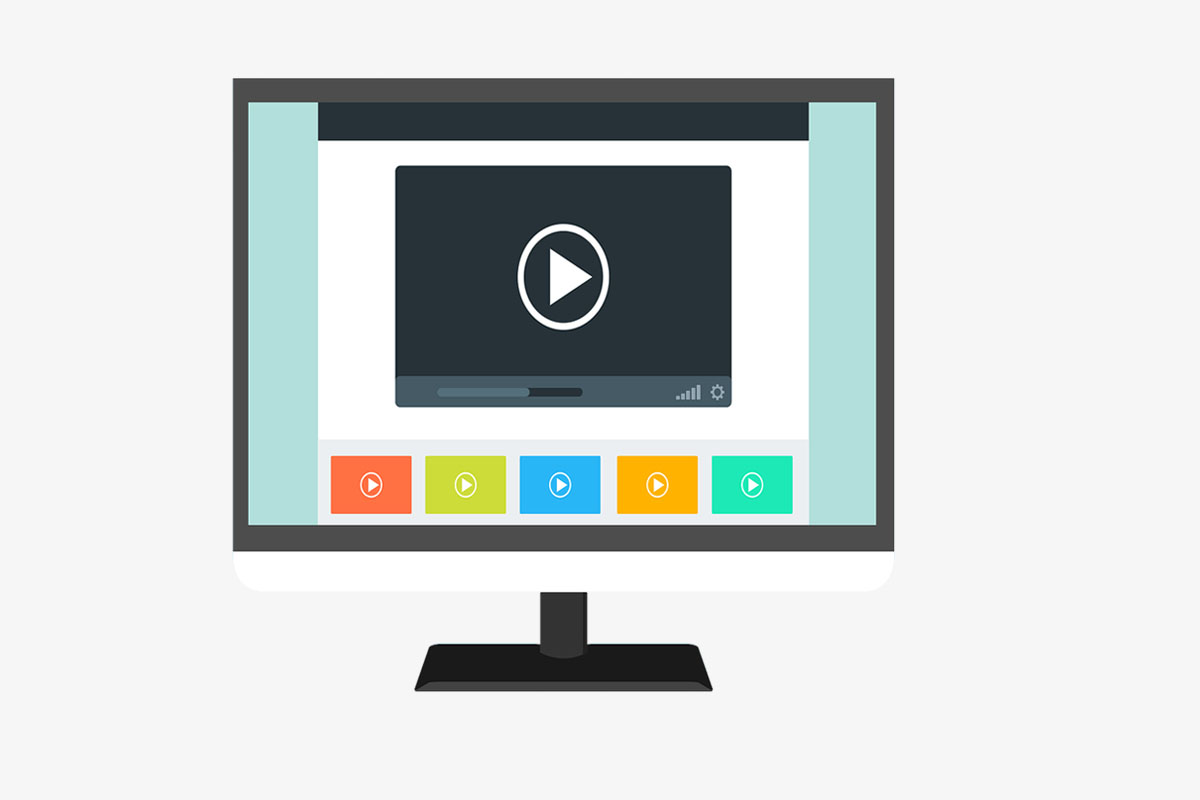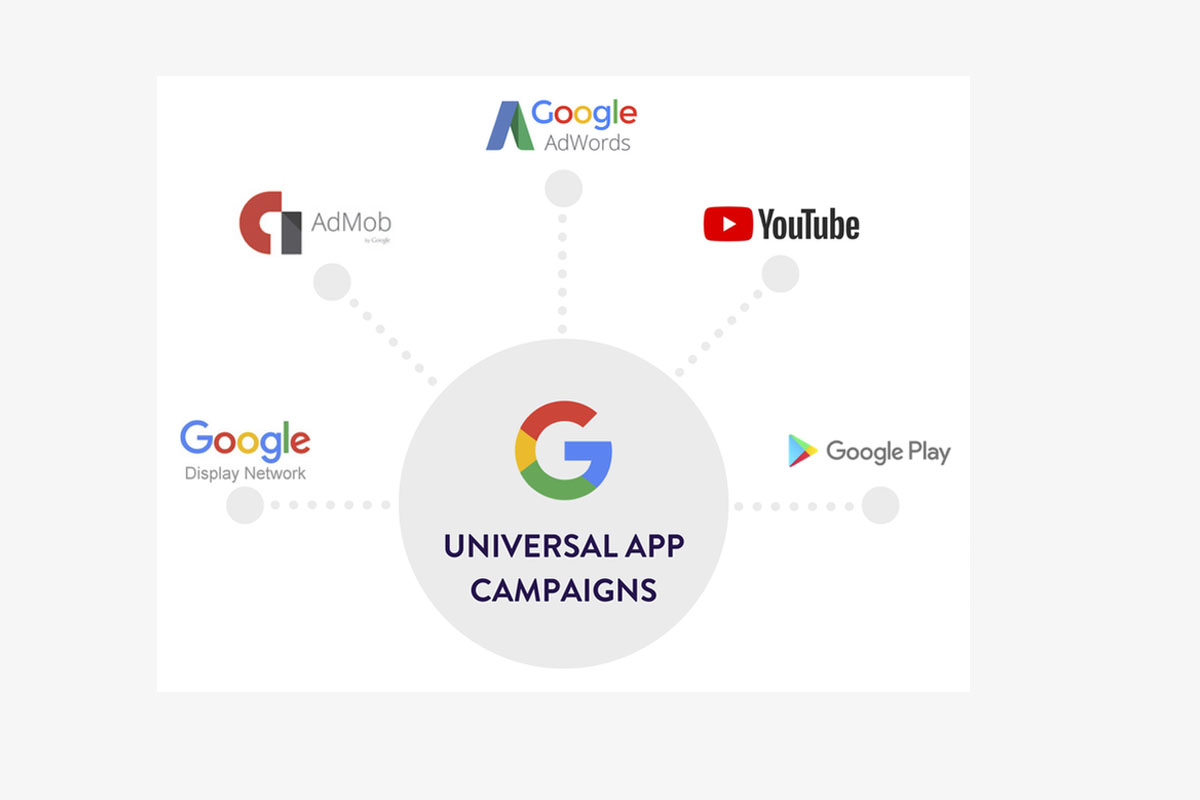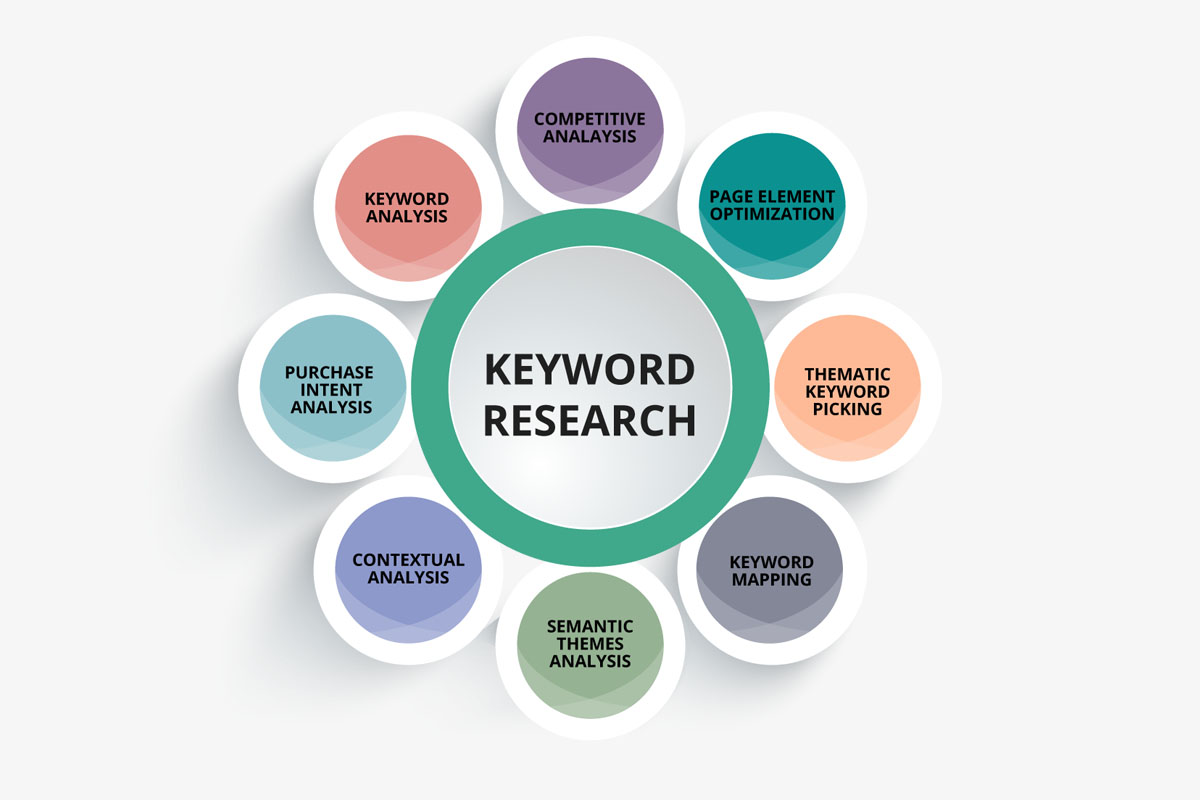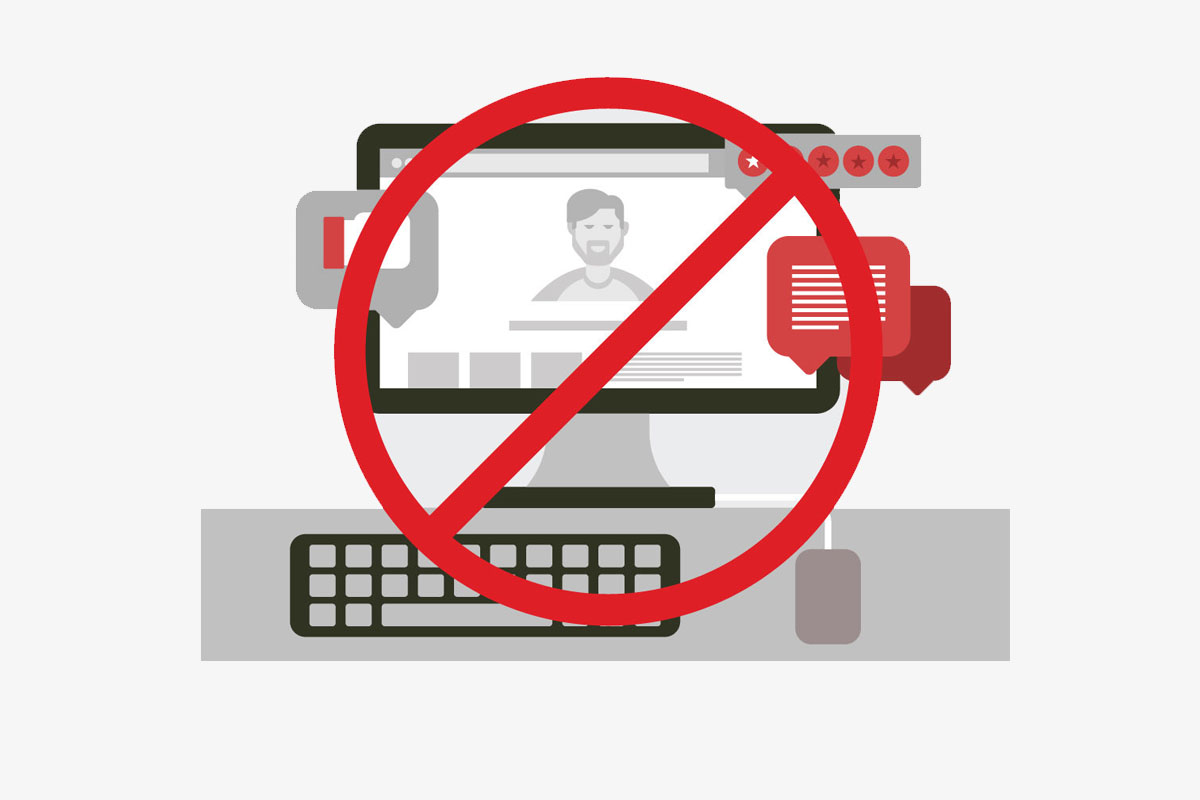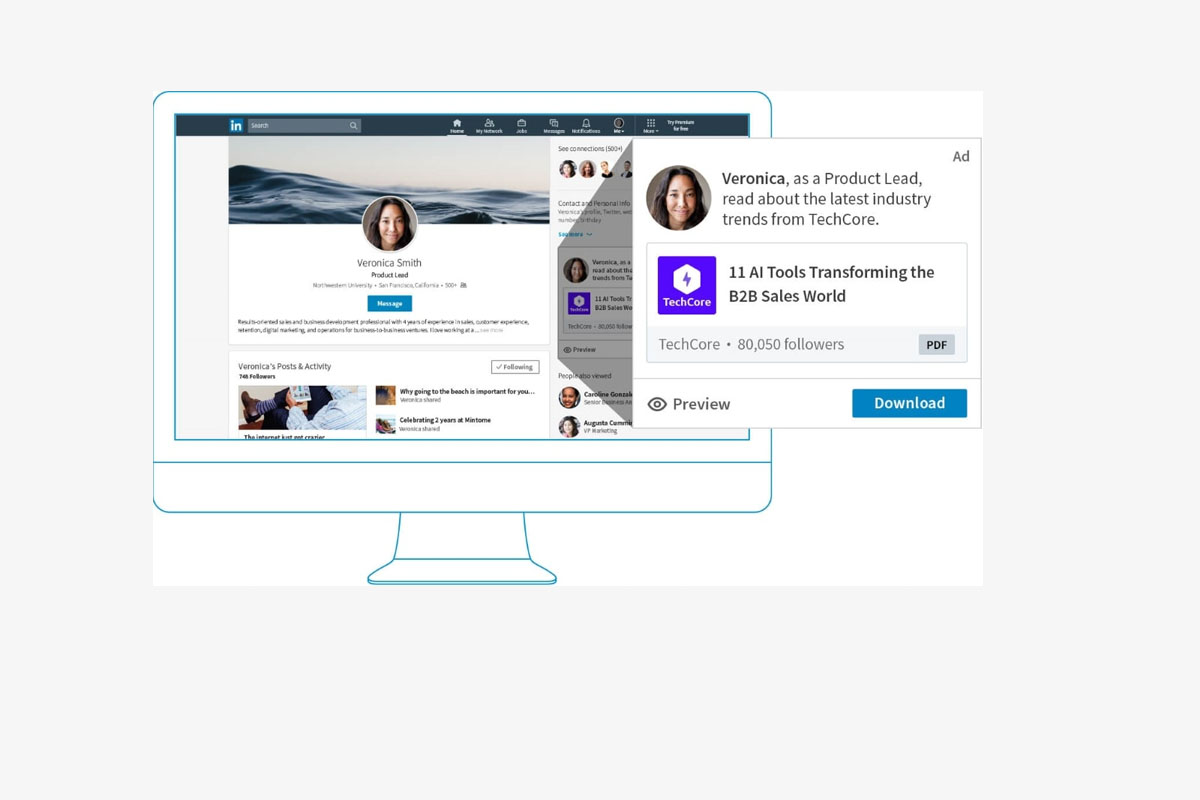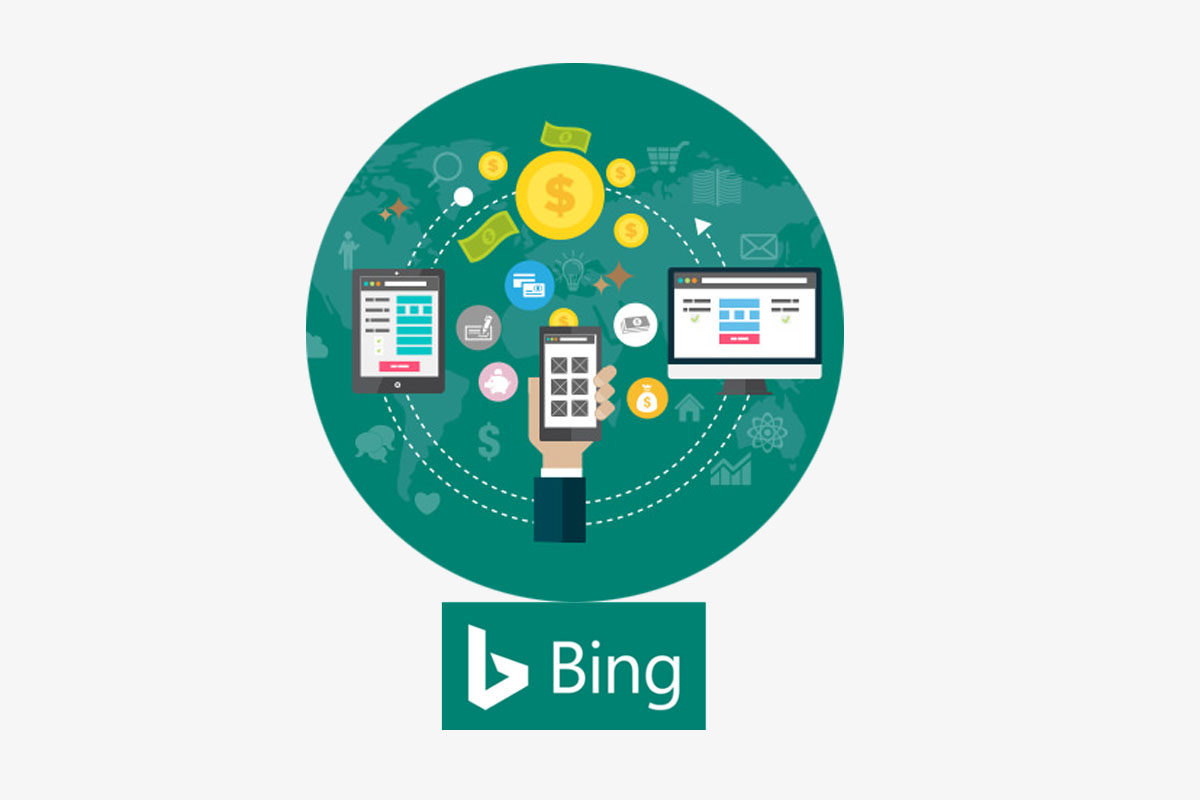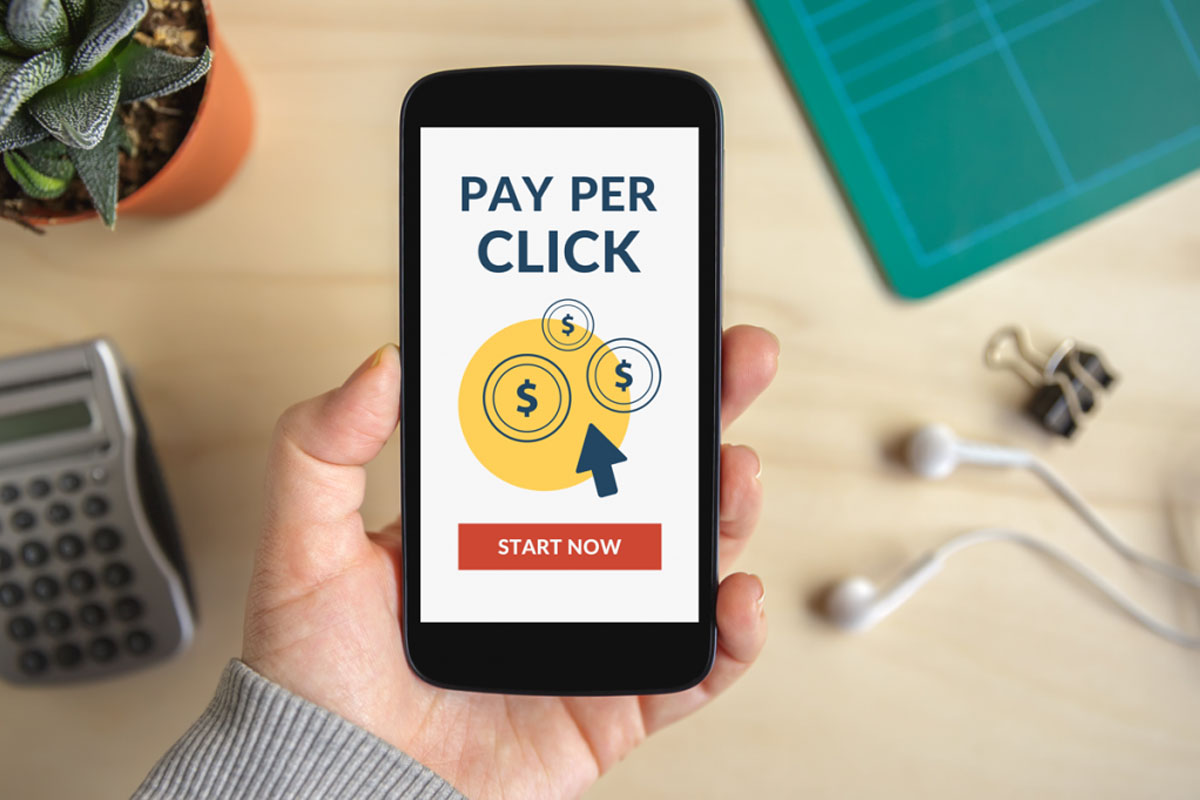
What Is Pay-Per-Click Advertising?
PPC is an online advertising model in which advertisers pay each time a user clicks on one of their online ads. There are different types of PPC ads, but one of the most common types is the paid search ad. These ads appear when people search for things online using a search engine like Google – especially when they are performing commercial searches, meaning that they're looking for something to buy. This could be anything from a mobile search (someone looking for "pizza near me" on their phone) to a local service search (someone looking for a dentist or a plumber in their area) to someone shopping for a gift ("Mother's Day flowers") or a high-end item like enterprise software. All of these searches trigger pay-per-click ads.
In pay-per-click advertising, businesses running ads are only charged when a user actually clicks on their ad, hence the name “pay-per-click.”

